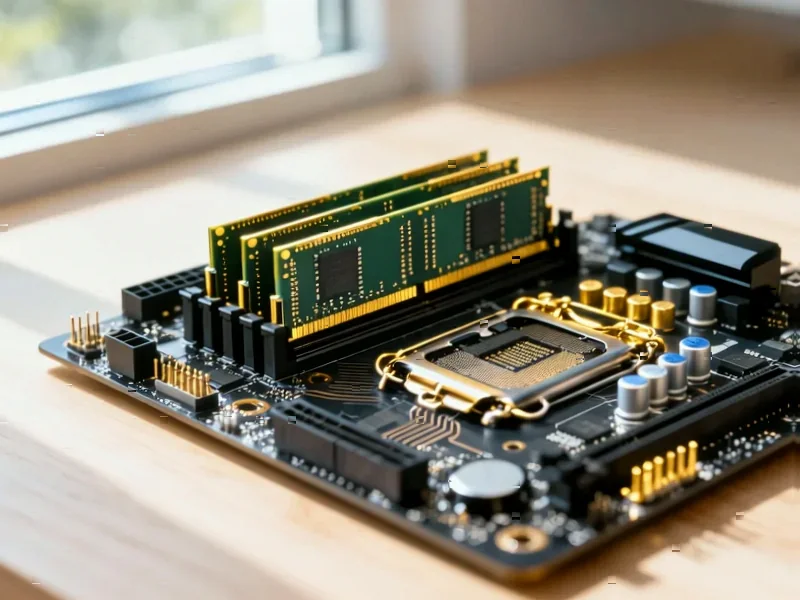According to TechPowerUp, Apple is working on a budget MacBook code-named J700 priced well below $1,000 for launch in the first half of 2026. The device will use an iPhone-class processor that early testing shows outperforms Apple’s first-generation M1 chip. It features a smaller LCD slightly under 13.6 inches and targets students, businesses, and general consumers with less advanced components. This comes after Apple announced record quarterly revenue of $102.5 billion last week and recently launched its new M5 processor with 45% faster graphics than the M4. Production is already underway with overseas suppliers for this sub-$999 MacBook that could challenge Chromebook dominance.
<h2 id="budget-apple“>The Budget Apple Paradox
Here’s the thing: Apple doesn’t do “budget” well. They do “premium” brilliantly, but every time they’ve tried to go downmarket, it’s been awkward. Remember the plastic MacBooks? Or the iPhone SE that felt like last year’s phone at a slight discount? Now they’re talking about using iPhone processors in Macs, which sounds clever until you realize there’s a reason they created the M-series chips in the first place.
And let’s talk about that price point. “Well below $1,000” probably means around $699, which would still be double what decent Chromebooks cost. Is Apple really going to compete in a market where parents buy $300 laptops for school kids? That doesn’t sound like the company that just reported $102 billion in quarterly revenue.
The iPhone Chip Conundrum
So they’re using an iPhone-class processor that supposedly beats the M1. That’s interesting, but what does it actually mean for users? The M1 was revolutionary because it was designed specifically for Mac workloads – sustained performance, thermal management, proper cooling. iPhone chips are optimized for burst performance and battery life in tiny devices.
I’m skeptical about how well an A-series chip will handle real laptop work. Sure, it might crush web browsing and documents, but what happens when you have 20 tabs open while streaming video and running Slack? That’s where the Mac-specific architecture of M-series chips really shines.
Who Actually Buys This?
Look, the target market seems confused. Students? Most are perfectly happy with Chromebooks or cheap Windows machines. Businesses buying in bulk? They want reliability and service contracts, not “budget Apple.” And general consumers looking for a deal? They’ll quickly realize they’re getting last year’s technology in a new case.
Basically, this feels like Apple trying to solve a problem that doesn’t exist. People who want Apple products save up for Apple products. People who want cheap laptops buy something else. Is there really a massive untapped market of people desperately wanting a “cheap Apple” experience?
The iPad Problem
Here’s what nobody’s talking about: this could completely cannibalize iPad sales. The article mentions this might appeal to “potential iPad buyers seeking a traditional laptop form factor.” Well, no kidding! If I can get a real MacBook for barely more than an iPad Pro with keyboard, why would I ever buy the iPad?
Apple’s been struggling with iPad identity for years, and this could make it worse. They’re basically admitting that sometimes people just want a laptop, even if it’s a budget one. That’s a pretty damning statement about their tablet strategy.
Don’t get me wrong – cheaper MacBooks sound great in theory. But Apple’s entire business model is built on premium pricing and perceived value. Once you start cutting corners to hit price points, you risk damaging the very brand equity that makes people willing to pay premium prices in the first place. Maybe they’ll pull it off, but history suggests this could be another awkward attempt to be something they’re not.




